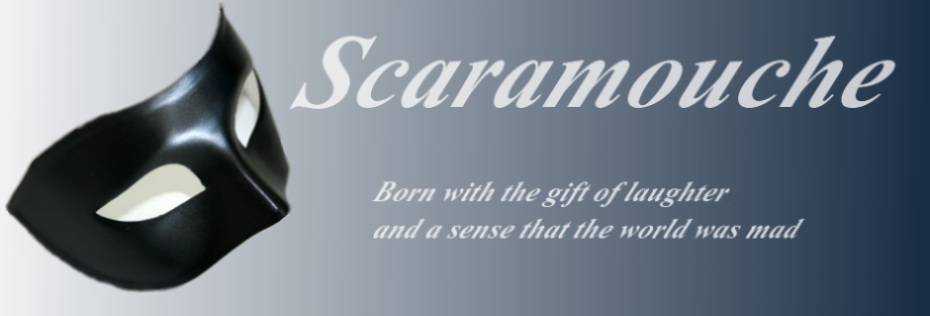Fear and Self-Loathing at the "Human Rights" Mausoleum
A member of one of the two groups to get tapped for special victim group status in the Canadian Museum for Human Rights (the two being Aboriginals and Jews; the special status being that they get their own permanent exhibit and aren't subsumed into the miscellaneous--i.e. the "Mass Atrocities"--category), brings us up to speed re the ongoing controversy:
WINNIPEG _ Organizers behind the Canadian Museum for Human Rights face a challenge that is already stirring up controversy: how to decide which abuses, atrocities and genocides should be featured and how much attention should each receive.
Some groups are already upset that the Holocaust is to get a permanent space when the museum opens in 2013, while other genocides will share a ``mass atrocity'' gallery.
``It's about fair and equitable treatment of these tragedies,'' Taras Zalusky, executive director of the Ukrainian Canadian Congress, said from Ottawa.
Zalusky's group has been pushing for a more prominent display of the Ukrainian famine in 1932-33 in which millions starved to death because of Soviet farm policies and food seizures. The famine will be part of the mass atrocity gallery, but Zalusky argues it and other lesser-known events such as the 1994 Rwandan genocide deserve more attention.
``As a teaching museum, it should be the role of that museum to inform Canadians about some of these not-well-known episodes in our history.''
The German-Canadian Congress is also upset with the attention given to the Holocaust.
``No suffering by one group of people can be more important than the suffering of others,'' the group said in a recent news release.
The controversy has required the museum's chief executive officer, Stuart Murray, to rely on his considerable diplomatic skills. The former politician has met with the Ukrainian Congress and other groups, and frequently stresses that the museum doesn't want to get into a debate over whose suffering deserves greater prominence.
``We don't want to get into a comparative, because once you start comparing two genocides, you start comparing a third and a fourth, and that's a slippery slope,'' he said. ``We want to ... (demonstrate) through a human rights lens why these things happened.''
Most of the 12 permanent galleries will be thematic and avoid focusing on one event or group. One will outline the history of human rights in Canada, including internment camps for people of Japanese, Ukrainian, German and other heritages during the world wars. The only ethnic group to receive a gallery of its own will be aboriginals.
Murray said the idea for a gallery dedicated to the Holocaust came from an advisory group that held public hearings last year.
``The content advisory committee talked about the fact that ... the most studied genocide in the world, globally, I think all historians would acknowledge, is the Holocaust.''
The content of all galleries hasn't been developed, but the advisory group has recommended that ``the museum should recognize that colonialism, both within Canada and beyond, is an historic and present assault on the human rights of indigenous peoples''.
The museum was the brain child of the late media mogul Izzy Asper and will be Canada's first national museum outside the Ottawa region.
The federal and Manitoba governments, as well as the City of Winnipeg, have already committed $160 million to construction costs. The federal government has also agreed to cover operating expenses estimated at $21 million a year.
The project remains $25 million shy of its $150-million private fundraising goal, but construction is already well underway. Asper's daughter, Gail, has said she is confident the shortfall will be made up with either private or more public money.
There could be more debate once the museum opens and the public gets a look at how some atrocities are depicted...
Can't wait to take the kids.

No comments:
Post a Comment